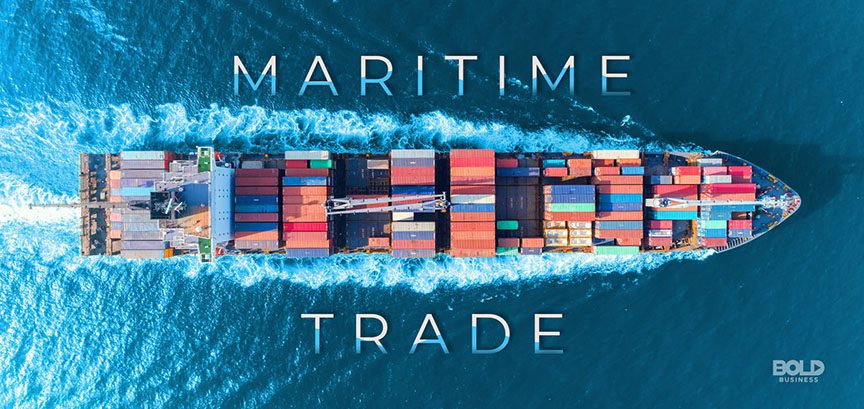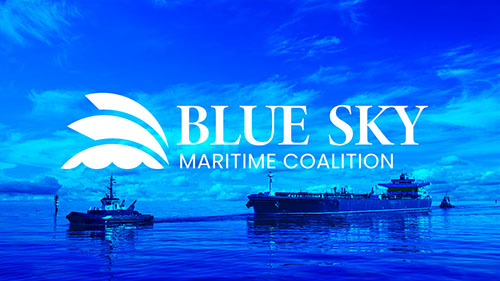- Port Entry & Clearance Procedures
- Pre-arrival: 72h ETA via KR-PAN + 24h update + crew health declaration (Port Regulation 5.2)
- Quarantine: 12h pre-berth inspection for vessels from WHO outbreak areas + thermal screening
- New: Mandatory submission of historical port call data (last 5 ports) for biosecurity assessment
- Revised: Customs e-Clearance requires digital seals matching physical container seals
- Added: Vessels >20 years old require additional structural survey reports prior to entry
- Cargo Handling & Stowage
- Dangerous Goods: Class 4.1 materials – separate stowage + 24h pre-cooling + fire watch
- Grain/Bulk: IMSBC Code 2023 compliance + trimming certificates + moisture content logs
- Containers: VGM tolerance ±5% + mandatory twistlock inspection for high stacks (>5 tiers)
- New: Steel coil lashing must follow KR Guidelines 2024 (minimum 6 lashings per coil)
- Added: Refrigerated cargo pre-cooling verification 12h before loading
- Navigation & Traffic Management
- Dredging: Channel width 150m (Dec 2023-Mar 2024) with 2-way traffic suspension 2200-0500
- TSS: Revised scheme effective 2024-01-01 (KHOA ENC KR521110 Edition 12/2023)
- New: AIS-SART testing area 3nm NE + GPS jamming tests monthly (NOTAM prefix KZ/P)
- Added: Mandatory use of ECDIS backup systems with updated S-57 charts for vessels >3,000GT
- Revised: VHF Channel 14 designated for tug communications (previously Ch 12 secondary)
- Environmental Compliance
- Discharge: Zero discharge within 12nm + special protection zones (MOF Ordinance 2023-45)
- Air Quality: ≤0.1% sulfur at berth + vapor recovery for tankers (Clean Air Act Article 8)
- New: Underwater noise monitoring for vessels >20,000GT during maneuvering (IMO GUIDELINES MEPC.1/Circ.833)
- Added: Mandatory carbon intensity reporting (CII) for >5,000GT vessels from 2024-01-01
- Revised: Plastic waste tracking now requires digital submission via K-Environment System
- Security Protocols
- ISPS Level 1: 30-min deck patrols + CCTV coverage verification + access control logs
- Cyber Security: Weekly antivirus updates + 6-month penetration test reports required
- New: Drone exclusion zone 1km from port facilities (Civil Aviation Notice 2023-9)
- Added: Mandatory cybersecurity drills for vessels with integrated bridge systems
- Revised: Restricted areas expanded to 300m around military fuel storage facilities
- Berthing & Mooring
- Mooring: Minimum 4 lines (2 head/2 stern) + emergency towing wires for vessels >150m LOA
- Fenders: ISO 17357 certified + annual inspection reports + minimum 1.5m diameter for Panamax
- New: Anti-rat guards mandatory during rice loading + weekly inspection records
- Added: Special fender requirements for LNG carriers (compressible type with 40% deflection)
- Revised: Ballast water exchange completely prohibited – treatment systems must be USCG/IMO Type Approved
- Pilotage & Transfer Operations
- Pilot Ladders: KS V 2311:2023 compliant + maximum 9m freeboard + independent fastening
- New: Helicopter transfer procedures for medical emergencies (min 30m² landing area)
- Added: Night transfers require 200 lux illumination + strobe lights on pilot boats
- Revised: Cancellation fees – 100% if <2h notice + blackout period 2300-0500 (no exceptions)
- Added: Mandatory pilot briefing on vessel’s maneuvering characteristics before boarding
- Port Services & Utilities
- Bunkering: Licensed suppliers only (list updated quarterly on port website)
- New: Shore power available at Berths 5-7 (6.6kV/60Hz, 48h booking required)
- Added: Waste handling – 6-category segregation + digital manifests for hazardous materials
- Revised: Fresh water supply – >50t requires 12h notice + potability certificate from last port
- Added: Emergency diesel supply available with 24h notice (max 500t per vessel)
- Emergency Preparedness
- Oil Spill: Immediate notification to KOSC + vessel must deploy containment boom within 30min
- New: Mass casualty drill certification required annually for passenger vessels
- Added: Designated helipad at Pier 3 (30x30m, max slope 3°, load capacity 10t)
- Revised: Firefighting – FiFi1 tugs on 15-min standby + foam stockpiles tested monthly
- Added: Mandatory emergency towing arrangements for vessels >50,000 DWT at anchor
- Documentation & Reporting
- Cargo Securing: Manuals must match actual stowage + KR-approved translations for Korean cargo
- New: Digital logbooks require blockchain-based timestamping for audit purposes
- Added: Electronic crew/passenger lists must include biometric data for immigration
- Revised: Customs forms – KR FAL format + HS Code verification for all commodities
- Added: Mandatory submission of noon reports to port authority during stay
- Special Cargo Provisions
- Container Ops: Stop at Beaufort 6 + pre-storm lashing checks + wind speed monitoring
- New: Lithium battery shipments require Class D fire suppression system verification
- Added: Heavy lifts (>50t) – stability calculations + crane certificates + load test reports
- Revised: Log cargoes – winter lashing + anti-freeze spray + moisture content monitoring
- Added: Project cargo must submit stowage plans 72h prior to loading
- Winter Operations (Dec-Mar)
- De-icing: >10,000GT vessels must treat decks/walkways with approved chemicals
- New: Mandatory cold weather gear for stevedores below -5°C (KOSHA Standard 2023)
- Added: Hatch covers – ice removal before loading + drainage checks every 6h
- Revised: Productivity – 15% snow reduction factor + night surcharge applies
- Added: Special provisions for LNG carriers – vapor return line heating required
- Port Charges & Fees
- Environmental Levy: $0.02/GT (Green Ship discounts available – submit IHM Part I)
- New: 20% port dues reduction for vessels using shore power (min 6h connection)
- Added: Overtime – 150% (2200-0600) + 200% on national holidays + 250% on Seollal/Chuseok
- Revised: Security deposits – 125% estimated charges for first-time callers (refundable)
- Added: Waste disposal fees waived for vessels with ISO 14001 certification
- Technical & Equipment Requirements
- VDR: Continuous recording + 48h backup post-departure + annual performance test
- New: ECDIS backup systems required for vessels >3,000GT (independent power source)
- Added: Emergency generator – load test within 12h of arrival + 110% capacity verification
- Revised: Radar operations – 3nm protected zone + AIS silent mode prohibited
- Added: Mandatory calibration certificates for all cargo handling equipment
- Crew Welfare & Shore Services
- Shore Leave: Permitted with valid Seafarer’s ID + port pass (curfew 2400-0500)
- New: Mandatory mental health awareness training for officers (IMO MSC.1/Circ.1598)
- Added: Repatriation – guarantee letters + 72h pre-arrival notice for crew changes
- Revised: Medical services – port clinic 24/7 + telemedicine + decompression chamber
- Added: WiFi access points installed at all berths (usage logs maintained)
Compliance Notes:
- All requirements subject to change – verify through official port circulars
- Penalties: Up to $50,000 per violation + possible detention for major non-compliance
- Digital submissions: Mandatory via https://portjanghang.go.kr/eng (official portal)
- Language: All documents must have Korean translation for legal proceedings





